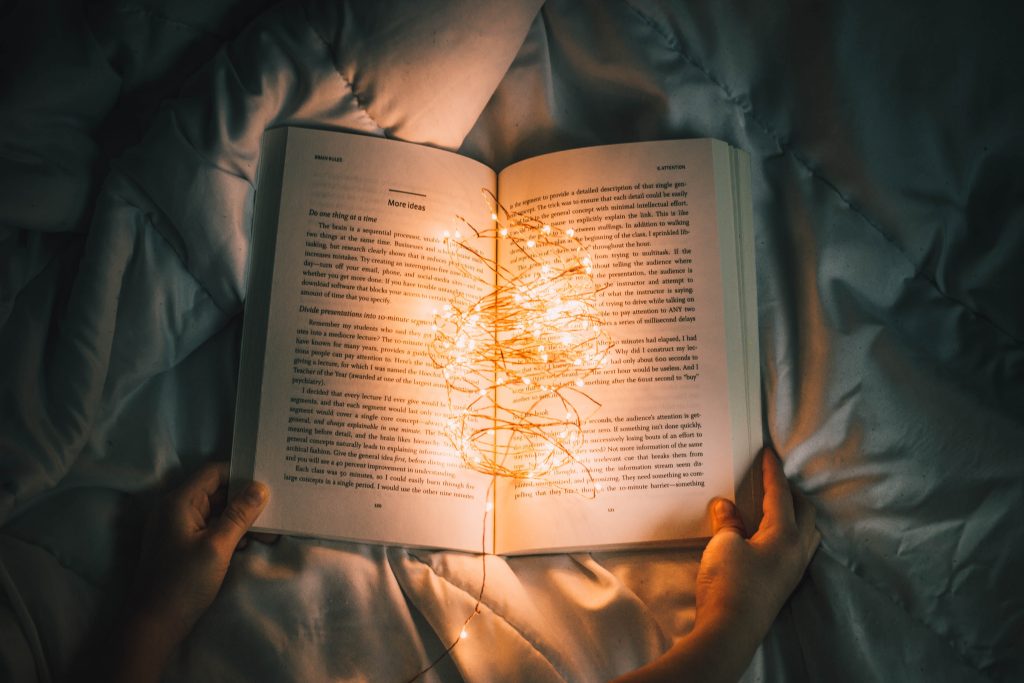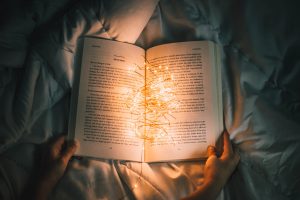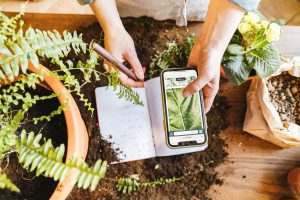The event focused on the benefits of improving and re-structuring data and modelling frameworks related to the bioeconomy.
Dusan Drabik, associate professor at the Wageningen University, explained that the Biomonitor project aims to develop a sustainable statistical and modelling framework to monitor and measure the bioeconomy and its economic, environmental and social impacts in the European Union. Also, the project aims to enhance existing modelling tools that guide industries and policymakers in defining long-term strategies.
The role of customs in the import and export of biobased products
Ruud Groot from the Dutch Customs Laboratory gave the attendees an inside in the practice of importing and exporting of biobased products. The Dutch customs laboratory analyses samples of products for inspection. Which samples are chosen to be analyzed through custom inspection is based on statistics, risk management or for financial reasons.
There are a few individual CN codes and TARIC codes for biobased products. The Combined Nomenclature (CN) is a tool for classifying goods, existing of eight digits. The CN code determines the rate of customs duty and how the product is treated for statistical purposes. TARIC codes contain ten digits: the first eight are identical to the CN code, another two are added revealing information about anti-dumping, duty suspension or tariff quotas.
Biobased products that are produced and used in the EU never pass customs. Therefore, products from the European Union are not included in statistics. This makes it very hard to gain insights in the flow of biobased products in the EU. Mr. de Groot concludes that more codes are required to distinguish biobased products from non-biobased products to generate meaningful statistics.
Policy scenarios and influence on the European biobased market
Calliope Panoutsou (Imperial College London) presented policy scenarios, designed to support policy discussions about the European bioeconomy and its sustainable development. The scenarios illustrate how policy strategies and ambitions can impact on the economic, environmental and social dimensions of sustainability. The scenario’s quantify trade-offs and synergies within different bioeconomy ‘futures’. She explained that scenarios can match policy aspirations to industrial and technology reality to understand basic research requirements and funding mechanisms to facilitate commercialization.
The BioMonitor Reference Scenario (BRS) builds on the definitions and indicators developed by the project team and will serve as a ‘business as usual’ baseline for measuring the impacts of the alternative scenarios in the project for bioeconomy futures in Europe. A matrix was created, where alternative scenarios are set up across two factors: policy integration and global collaboration. The matrix is represented under figure 1.

Insides in the German industry
Rolf Luther from Fuch Lubricants gave a presentation on their effort to make bio-lubricants recognizable in statistics. He explained that lubricants are not a high risk product group, but still spillages and leakages of oils in a sensitive environment can have considerable impact. Over the last decade, the product group “bio-lubricants” became more popular. He explained different approaches to measure the market for bio-lubricants and the search for relevant and measurable criteria to determine the features of a “bio-lubricant”. This resulted in a standard that determines criteria for bio-lubricants and biobased lubricants and a simple screening method to distinct bio-lubricants from conventional products. He concluded that to further generate clear data, it is worthwhile to create CN codes (or PRODCOM codes) for bio-lubricants, corresponding with the presentation of Ruud de Groot of the Dutch customs laboratory
Do you have questions or do you want to know more about the BioMonitor project and the exchanges we organize? Please take a look at the Biomonitor website or contact Charlotte Koppen (charlotte.koppen@NEN.nl)
Featured image by Marvin Meyer on Unsplash





